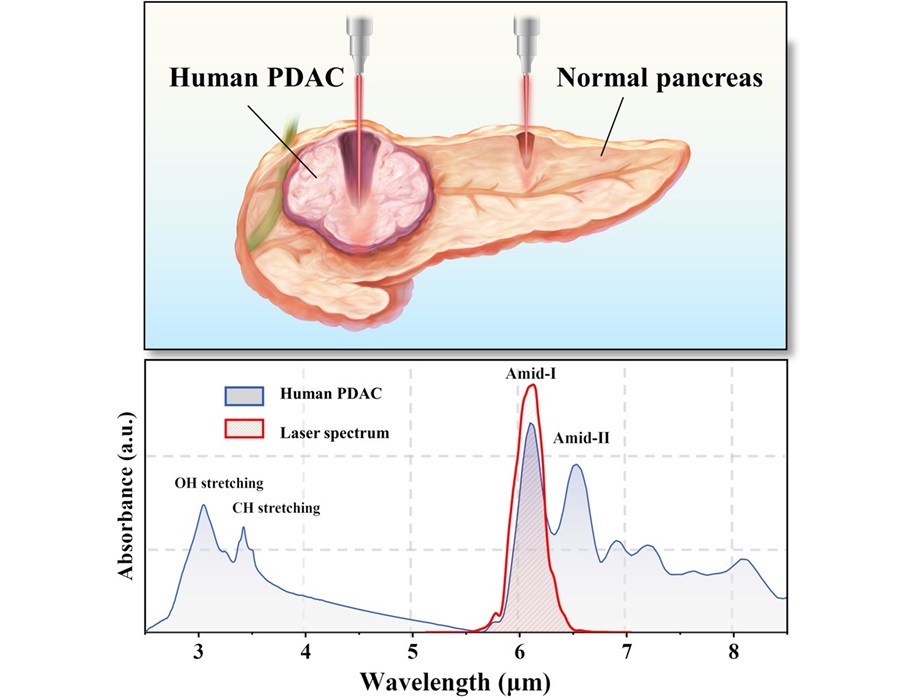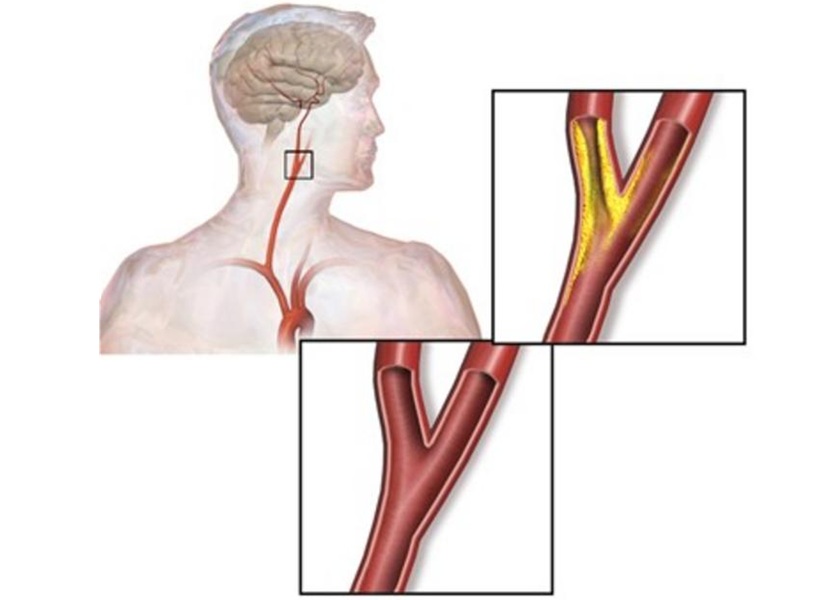Team-Based Approach Reduces Monitor Alarm Fatigue
|
By HospiMedica International staff writers Posted on 02 Dec 2014 |
A new study describes a standardized, team-based approach to reduce cardiac monitor alarms and subsequent "alarm fatigue," in which caregivers become desensitized to the ever-present beeping.
Researchers at Cincinnati Children's Hospital Medical Center (OH, USA) developed a standardized cardiac monitor care process (CMCP) for a 24-bed pediatric bone marrow transplant unit. The project involved a process for initial ordering of monitor parameters based on age-appropriate standards, daily replacement of electrodes in a manner that was pain-free for patients, individualized daily assessment of monitor parameters, and an appropriate method for discontinuation of monitor use. They then used a model to design, test, and implement changes.
The results showed that from January to November 2013, compliance with each of the four individual components of the CMCP increased, with the overall compliance increasing from a median of 38% to 95%. During this time, the median number of alarms per patient-day decreased from 180 to just 40. The researchers therefore recommended a team-based approach to monitor care. The study was published online on November 10, 2104, in the journal Pediatrics.
“Cardiac monitors constitute the majority of alarms throughout the hospital. We think our approach to reducing monitor alarms can serve as a model for other hospitals throughout the country,” said lead author Christopher Dandoy, MD. “With fewer false alarms, the staff can address significant alarms more promptly. We believe the roles and responsibilities entailed in this process can be applied to most units with cardiac monitor care.”
The constant sounds of alarms and noises from blood pressure machines, ventilators, and cardiac monitors causes a "tuning out" of the sounds due to the brain adjusting to stimulation, an issue plaguing hospitals, home care providers, nursing homes, and other medical facilities alike. On April 18, 2013, the Joint Commission (Oakbrook Terrace, IL, USA) issued a sentinel event alert that highlighted the widespread problem of alarm fatigue. Recommendations issued included establishing guidelines to tailor alarm settings, training all members of the clinical team on safe use of alarms, and sharing information about alarm-related incidents.
Related Links:
Cincinnati Children's Hospital Medical Center
Joint Commission
Researchers at Cincinnati Children's Hospital Medical Center (OH, USA) developed a standardized cardiac monitor care process (CMCP) for a 24-bed pediatric bone marrow transplant unit. The project involved a process for initial ordering of monitor parameters based on age-appropriate standards, daily replacement of electrodes in a manner that was pain-free for patients, individualized daily assessment of monitor parameters, and an appropriate method for discontinuation of monitor use. They then used a model to design, test, and implement changes.
The results showed that from January to November 2013, compliance with each of the four individual components of the CMCP increased, with the overall compliance increasing from a median of 38% to 95%. During this time, the median number of alarms per patient-day decreased from 180 to just 40. The researchers therefore recommended a team-based approach to monitor care. The study was published online on November 10, 2104, in the journal Pediatrics.
“Cardiac monitors constitute the majority of alarms throughout the hospital. We think our approach to reducing monitor alarms can serve as a model for other hospitals throughout the country,” said lead author Christopher Dandoy, MD. “With fewer false alarms, the staff can address significant alarms more promptly. We believe the roles and responsibilities entailed in this process can be applied to most units with cardiac monitor care.”
The constant sounds of alarms and noises from blood pressure machines, ventilators, and cardiac monitors causes a "tuning out" of the sounds due to the brain adjusting to stimulation, an issue plaguing hospitals, home care providers, nursing homes, and other medical facilities alike. On April 18, 2013, the Joint Commission (Oakbrook Terrace, IL, USA) issued a sentinel event alert that highlighted the widespread problem of alarm fatigue. Recommendations issued included establishing guidelines to tailor alarm settings, training all members of the clinical team on safe use of alarms, and sharing information about alarm-related incidents.
Related Links:
Cincinnati Children's Hospital Medical Center
Joint Commission
Latest Critical Care News
- AI System Reveals Hidden Diagnostic Patterns in Electronic Health Records
- Highly Sensitive On-Skin Sensing Monitor Detects Vitamin B6 and Glucose in Sweat
- Artificial Intelligence Revolutionizing Pediatric Anesthesia Management
- New Device Detects Tuberculosis DNA Directly in Exhaled Air
- New Menstrual Cup Could Detect Infections and Improve Diagnostics
- Engineered “Natural Killer” Cells Could Help Fight Cancer
- Faster Lymph Flow Predicts Better Response to Diuretics in Acute Heart Failure
- New Global Recommendations Aim to End Deaths from Postpartum Hemorrhage
- 'Flat-Line ECG' Indicates Poor Outcomes for Out-Of-Hospital Cardiac Arrest
- New Guidance to Improve Diagnosis and Management of Heart Failure During Pregnancy and Postpartum
- Unified Framework Establishes New Global Standard for Precision Medicine in Sepsis and Critical Care
- Cold Plasma Penetrates Deep into Tissue to Fight Cancer
- Radioactive Microscopic Beads Could Treat Patients with Kidney Cancer
- First-Ever Medical Technology Regrows Nerves and Stops Amputations in Diabetic Patients
- AI Tool Reduces Serious Complications and Readmissions After Colorectal Cancer Surgery
- Time-Released Gel Eliminates Residual Brain Tumor Cells Post Resection
Channels
Surgical Techniques
view channel
Revolutionary Nano Bone Material to Accelerate Surgery and Healing
Treating large segmental bone defects typically requires bone grafting, which often involves autografts or allografts that are scarce and carry significant risks such as donor-site complications, infection,... Read more
Superior Orthopedic Implants Combat Infections and Quicken Healing After Surgery
Implant-associated infections remain one of the biggest challenges in orthopedic surgery, leading to device failure, prolonged recovery, and increased antibiotic resistance. Conventional implant materials... Read more
Laser-Based Technique Eliminates Pancreatic Tumors While Protecting Healthy Tissue
Pancreatic ductal adenocarcinoma (PDAC) is the most common and deadliest form of pancreatic cancer, ranking as the third leading cause of cancer-related deaths worldwide. Current tumor ablation techniques—using... Read morePatient Care
view channel
Revolutionary Automatic IV-Line Flushing Device to Enhance Infusion Care
More than 80% of in-hospital patients receive intravenous (IV) therapy. Every dose of IV medicine delivered in a small volume (<250 mL) infusion bag should be followed by subsequent flushing to ensure... Read more
VR Training Tool Combats Contamination of Portable Medical Equipment
Healthcare-associated infections (HAIs) impact one in every 31 patients, cause nearly 100,000 deaths each year, and cost USD 28.4 billion in direct medical expenses. Notably, up to 75% of these infections... Read more
Portable Biosensor Platform to Reduce Hospital-Acquired Infections
Approximately 4 million patients in the European Union acquire healthcare-associated infections (HAIs) or nosocomial infections each year, with around 37,000 deaths directly resulting from these infections,... Read moreFirst-Of-Its-Kind Portable Germicidal Light Technology Disinfects High-Touch Clinical Surfaces in Seconds
Reducing healthcare-acquired infections (HAIs) remains a pressing issue within global healthcare systems. In the United States alone, 1.7 million patients contract HAIs annually, leading to approximately... Read moreHealth IT
view channel
Printable Molecule-Selective Nanoparticles Enable Mass Production of Wearable Biosensors
The future of medicine is likely to focus on the personalization of healthcare—understanding exactly what an individual requires and delivering the appropriate combination of nutrients, metabolites, and... Read moreBusiness
view channel
Philips and Masimo Partner to Advance Patient Monitoring Measurement Technologies
Royal Philips (Amsterdam, Netherlands) and Masimo (Irvine, California, USA) have renewed their multi-year strategic collaboration, combining Philips’ expertise in patient monitoring with Masimo’s noninvasive... Read more
B. Braun Acquires Digital Microsurgery Company True Digital Surgery
The high-end microsurgery market in neurosurgery, spine, and ENT is undergoing a significant transformation. Traditional analog microscopes are giving way to digital exoscopes, which provide improved visualization,... Read more
CMEF 2025 to Promote Holistic and High-Quality Development of Medical and Health Industry
The 92nd China International Medical Equipment Fair (CMEF 2025) Autumn Exhibition is scheduled to be held from September 26 to 29 at the China Import and Export Fair Complex (Canton Fair Complex) in Guangzhou.... Read more













